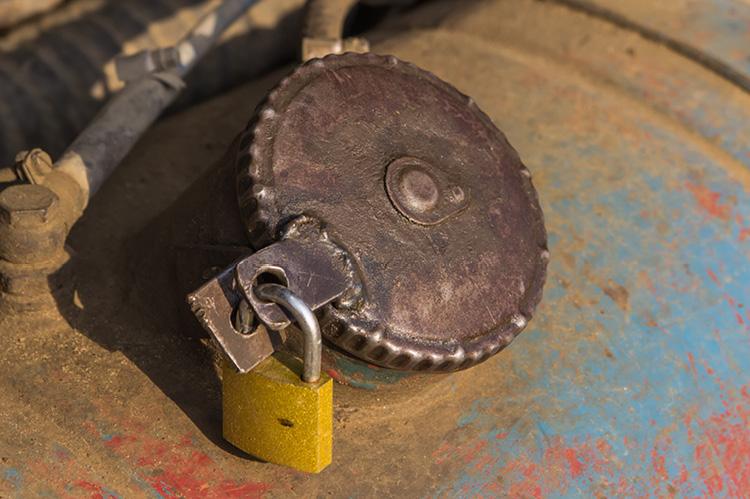Detecting Illegal Tappings – A Research Case Study

Illegal hot tapping and product theft is a problem for pipeline operators all over the world.
As criminals use a wide range of different instal lations and are in many cases able to adopt t heir ways of siphoning and stealing to the pipeline conditions a research project had been started by GLD, together with another service company and two pipeline operators.
The aim was to simulate different siphoning possibilities along a line. Some of which had been cop ied from real ones detected at real theft locations and some had been set up by the operators in a way to avoid being detected.
They all had different set ups and the l eak detection personal was not aware of locations and what kind of l eaks had
been prepared.
As in most cases hoses are attached to the hot tapping spot, some of the prepared leaks had them connected as well. Different length and diameters of the hoses had been used and also different val ves at the outlets. The amount of siphoned medium was changing from location to location.
The article will cover the test set ups as well as the resul ts of the leak detection run. It will show different leak signatures in the data related to the several test settings and gives an outlook on the abilities of the system.
